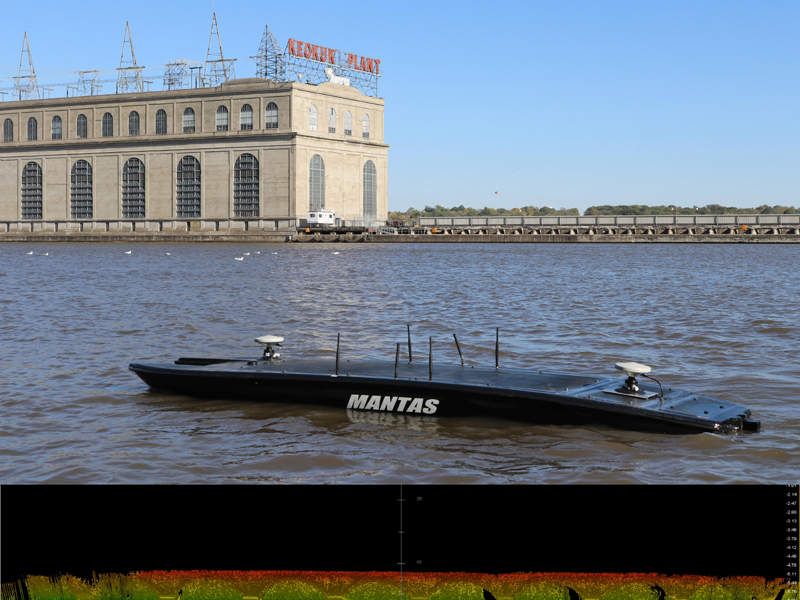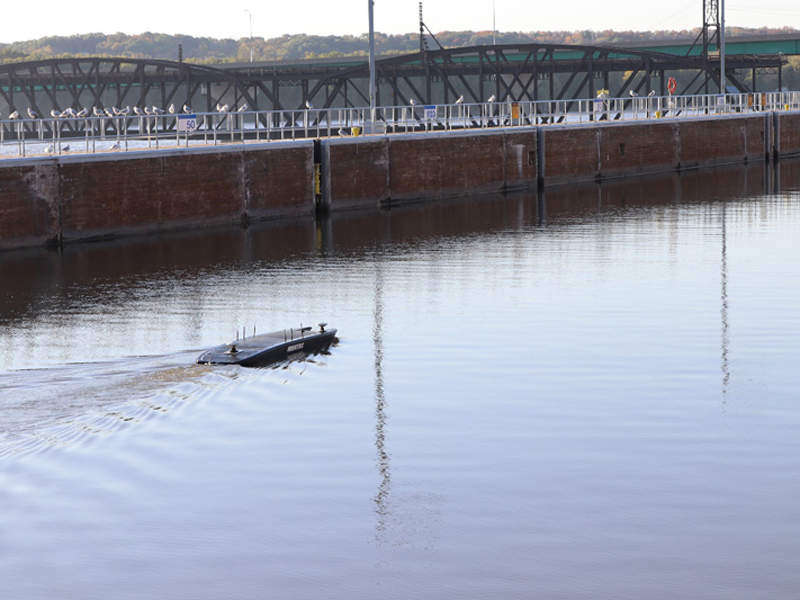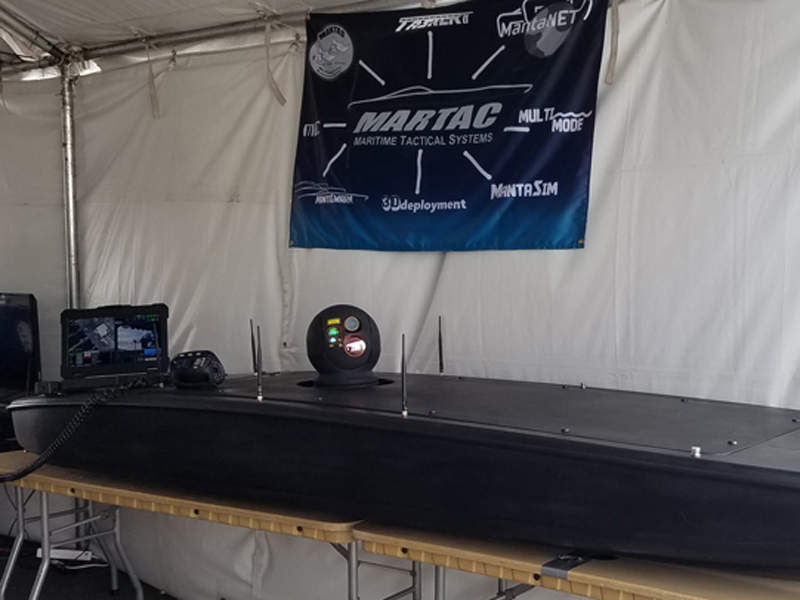The Man-Portable Tactical Autonomous Systems (MANTAS) T-series of next-generation multi-role unmanned surface vessels (USVs) is developed by Maritime Tactical Systems (MARTAC). It is designed to serve the warfare mission requirements of navies across the globe.
The MANTAS USV can perform multiple operations, such as maritime patrol, search-and-rescue (SAR), surveillance, mine warfare, naval fleet security and training.
The latest USV in the T-series, MANTAS T12, was launched in January 2018 at the Surface Navy Association’s (SNA) 2018 National Symposium held in Washington DC, US.
MANTAS USV variants
The MANTAS USV is available in eight different configurations. Each variant offers varied capabilities to suit the mission requirements of navies.
As of March 2018, there are five standard variants of the unmanned vessel and three more on-demand configurations, which can be built based on customer requirements.
The MANTAS T-12 possesses advanced capabilities compared to its predecessors. It is intended to serve the intelligence, surveillance and reconnaissance (ISR) missions of the naval forces.
The T-12 USV measures 361cm (142in) long, 91.5cm (36in) wide and 36cm (14in) high. It has a draft of 18cm (7in), maximum craft weight of 95kg (210lb) and can carry payloads of up to 63.5kg (140lb).
The MANTAS T-8 is the mid-size USV in the class, with a maximum weight and payload carrying capacity of 57kg (125lb) and 18kg (40lb), respectively. It is 241cm (95in) long, 66cm (26in) wide and 32cm (12.5in) high. The T-8 has a draft of 20.5cm (8in), which is the highest among the T-series USVs.
Other standard variants in the class include T-6, T-5 and T-4 USVs. Variants such as T-8HY, T-16 and T-20 are also available for production based on user demand. The T-8HY USV can also perform unmanned underwater vehicle (UUV) operations at a maximum depth of 10m.
Design and features
The MANTAS T-series USVs are developed using advanced design techniques. The vessels integrate hydrodynamic and aerodynamic capabilities. The hydrodynamic hull and sleek profile of the USV allow it to travel at higher speeds, with superior manoeuvrability.
The proven design of the USV offers high efficiency, reliability, safety and speed in various operating environments. It is an affordable solution that is easy to launch and recover from any remote location.
The unmanned operation of the USV minimises manpower requirements for missions, reducing potential fatalities when operating in harsh conditions.
Mission control system and payloads
The MANTAS USVs are controlled by a dedicated ground control station (GCS), using a meshed communications network. The GCS controls multiple USVs at a time and can deploy the vessels on multiple missions at a rapid pace.
The T-12 USV can be fitted with SeaFlir 230 electro-optic system, Teledyne Reson T20-P side sonar scanning device, Teledyne BlueView M900 forward-looking sonar and Black Hornet nano unmanned aerial system (UAS) to carry out ISR missions.
The high-definition video sensors on board the USV offer a 360° view during missions. The information obtained by the USV can be used to devise plans required for further action.
MANTAS USV propulsion
The multi-role unmanned vessels are powered by a single screw or twin screw electric propulsion system. The electric propulsion is powered by high-performance batteries supplied by Oakridge Global Energy Solutions.
The MANTAS T-12 can sail at a maximum cruise speed of 20k, which is similar to that of the T-5, T-8 and T-6 vessels. The maximum speed of the T5 and T12 vessels is 45k, while that of the T6 and T8 variants is 60k.
The maximum cruise range of the MANTAS T-series USVs varies between 23nmi and 60nmi.









